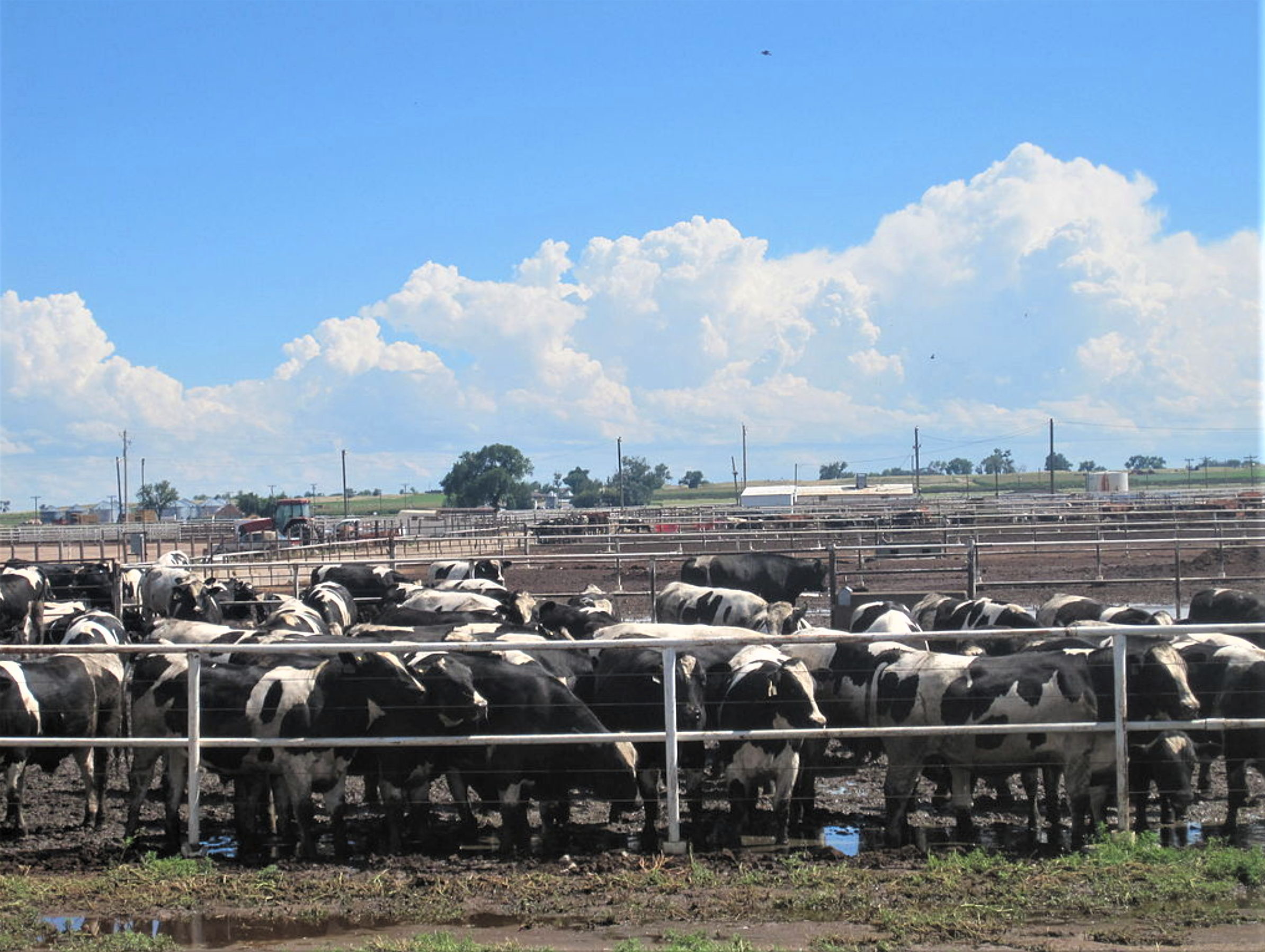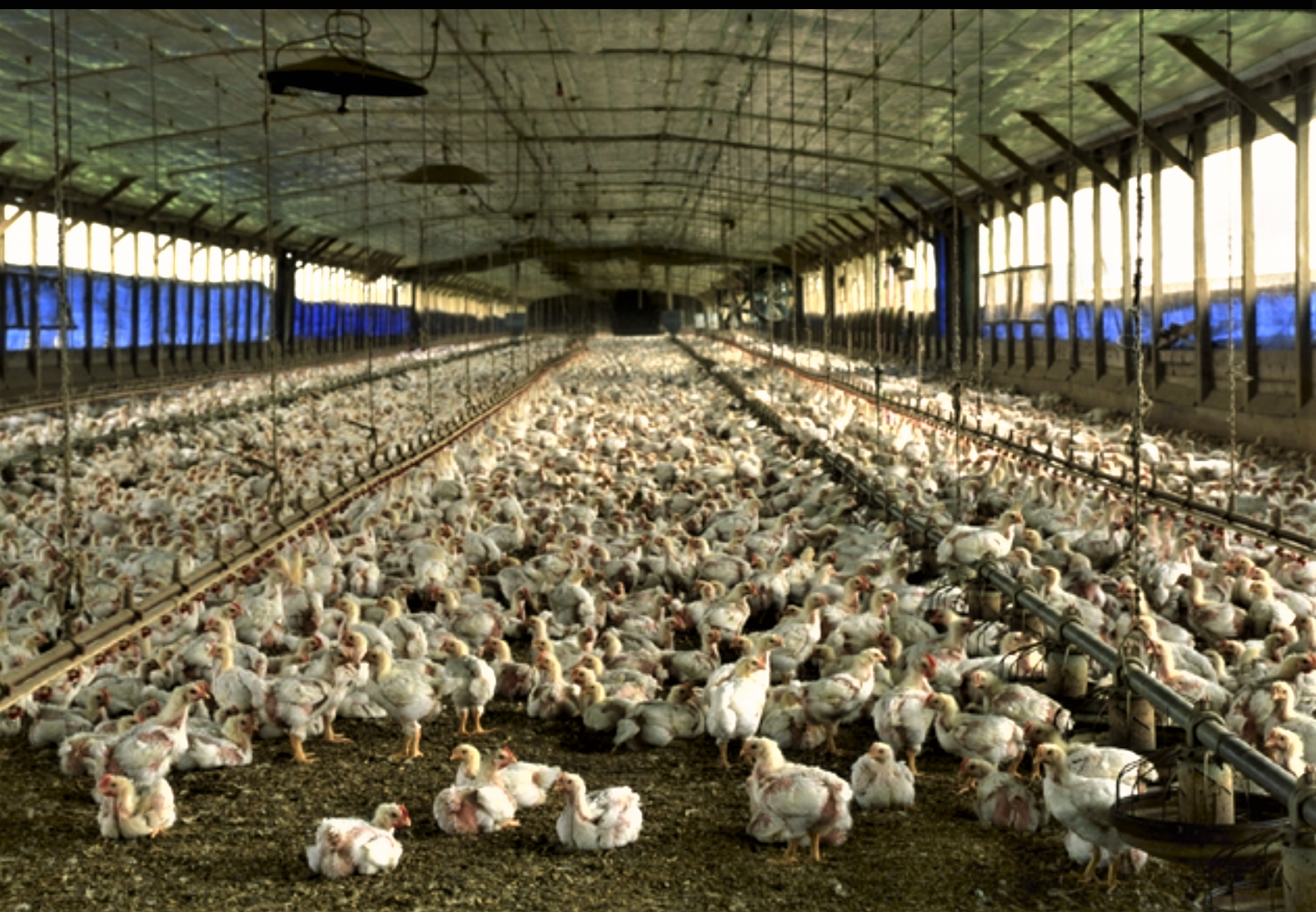Changing how we farm and what we eat — including a major shift to eating plants — are the keys to saving wildlife, reducing environmental damage, lowering GHG emissions and being healthier. A new report details how our current food system is designed to fail and points us in a new direction to halt rapid biodiversity loss, the destruction of habitat and the extinction of animals.
The report “Food System Impacts on Biodiversity Loss”, from the UK’s Chatham House says the global food system is the biggest factor in the destruction of the natural world and that modern agriculture is the main threat to 86% of the 28,000 species at risk for extinction. In addition, the planet has lost half its natural ecosystems, and average populations of wild animals have fallen 68% in the last 50 years.
The report explores the synergistic effect of reforming how we farm, what we eat and the economics of the food business in ways that will produce multiple benefits for people, animals and the environment. “Food is the key to tackling the biodiversity, climate and health crises,” said Tim Burton, Research Director – Emerging Risks, Chatham House.
The researchers say the crux of the problem is the “cheaper food paradigm.” For decades, our food system has been designed to produce ever more food at ever lower cost. The resulting intensification of agriculture degrades soils and ecosystems, drives down the productive capacity of land and leads to even more intensive food production to keep pace with demand.
Photo: Billy Hathorn, CC-BY-SA 3.0, via Wikimedia Commons.
Misaligned incentives and economic distortions in our food system have turbocharged the ‘cheaper food’ model, driving the expansion of agricultural land and intensive farming methods such as factory farms. Agricultural subsidies designed to increase yields and the failure to account for the environmental cost of food production has led to habitat destruction and pollution, driving wildlife loss.
“The drive for increased productivity, and failure to account for the impacts of food production on natural ecosystems and human health, have created and sustained vicious circles,” the report said.
Source: “Food System Impacts on Biodiversity Loss”, Chatham House.
One of the most damaging results has been an abundance of cheap, non-nutritious food at the expense of healthier diets. “We need to grow the right foods, in the right amounts, sustainably produced,” Burton said.
The report contains three key recommendations
First, shift global dietary patterns to diets based more on plants because of the disproportionate impact of animal farming on biodiversity loss, the expansion of agricultural land and environmental damage. Such a shift will reduce the amount of land needed for animal farming, which occupies about 78% of land used for agriculture globally, and will reduce GHG emissions from livestock. The report also recommends a significant reduction in global food waste.
Second, more land needs to be protected and set aside for nature to restore native ecosystems. “The protection of land from conversion or exploitation is the most effective way of preserving biodiversity, so we need to avoid converting land for agriculture.”
Third, the report calls for more “nature-friendly” farming methods that support biodiversity, including limiting fertilizers, pesticides and herbicides, and replacing monoculture with polyculture farming practices.
“Once the costs of unsustainable food systems and the ‘cheaper food’ paradigm – in terms of water and air quality, climate change mitigation and longer-term agricultural productivity – are recognized, the benefits of food system transformation potentially exceed the costs, and inaction becomes economically irrational.”
“Industrial agriculture has been locked in by decades of government policies and subsidies … that need to be redirected to support healthy food and more sustainable agriculture,” says Philip Lymbery, global CEO of Compassion in World Farming (co-producer of the report along with the UN Environment Program, UNEP).
Photo: USDA via Wikimedia Commons.
The Chatham House researchers say that transforming food systems will not only reduce wildlife extinction and habitat loss, but produce a significant health dividend. A shift to plant-heavy diets “would also benefit the dietary health of populations around the world, and help reduce the risk of pandemics.”
“Evidence of increased morbidity and mortality among COVID-19 sufferers who are malnourished – either undernourished or obese – is throwing light on the very real societal costs of the current food system and patterns of consumption.”
Approximately 3 billion people suffer one or more manifestations of poor nutrition which cost the world an estimated $3.5 trillion each year. The researchers say this creates a strong economic incentive to save money on healthcare by changing the availability and price of nutritionally adequate, health-promoting food and by moving towards healthcare systems more focused on prevention of disease.
The report shows how these issues (food systems, climate change, health impacts and biodiversity loss) are usually tackled separately in different policy silos. Yet, if addressed together, the combined effect can make a huge difference to animals, people and the planet.
Susan Gardner, Director of the Ecosystems Division of UNEP, says she is “stubbornly optimistic” that people can adapt, as witnessed during the pandemic. And there are a series of international summits scheduled in 2021 — including the UN’s first Food Systems Summit in September – that will address transforming the food system to improve nutrition, food security, public health and environmental sustainability.
Meanwhile, we can all accelerate desperately needed change by following Gardner’s suggestion to decide to support a food system that’s designed to succeed and “vote with our forks”.
Sign up below to receive “Planet Friendly News” every month.






